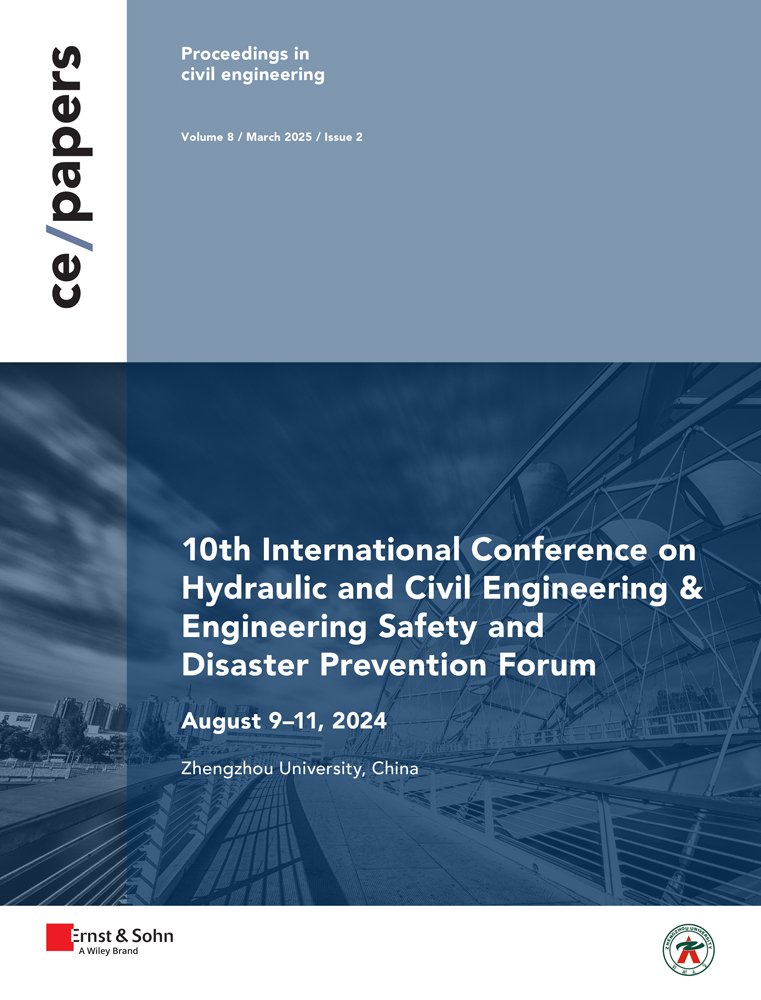Deformation Analysis of the Main Beam of a Cable-stayed Bridge with Maximum Double Cantilever Construction under Lateral Static Wind Load
Abstract
Long-span cable-stayed bridges have relatively small structural stiffness under maximum double cantilever construction and are prone to vertical deformation under wind load. In order to understand the influence of lateral static wind load on the vertical deformation of the main beam of a cable-stayed bridge, the maximum double cantilever construction state of a double tower cable-stayed bridge with a main span of 338 m was taken as the background during the typhoon period. Three stress conditions, namely self-weight, self-weight plus construction load, and typhoon lateral static wind load, were calculated and analyzed using finite element software. The research results indicate that under the maximum double cantilever construction state, the vertical deformation caused by the self-weight of the main beam of the cable-stayed bridge is the most significant. After applying the construction load, the vertical deformation increased by 5.3%. After applying the construction load and typhoon lateral static wind load, the vertical deformation increased by 7.8%. The lateral static wind load has little effect on the vertical of the main beam. It is recommended that the wind resistance performance of cable-stayed bridges under the maximum double cantilever construction state mainly considers wind-induced buffeting response. At the same time, it is necessary to carry out relevant research on specific issues.




